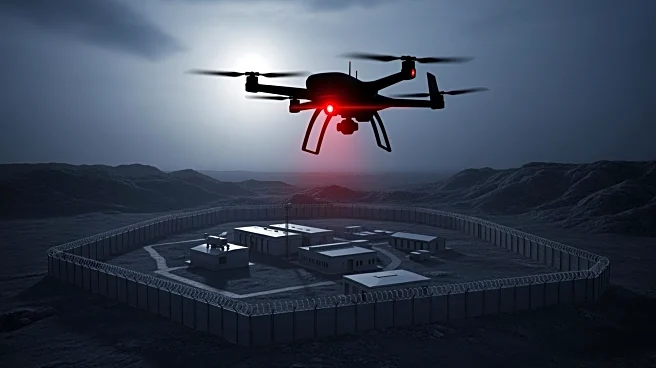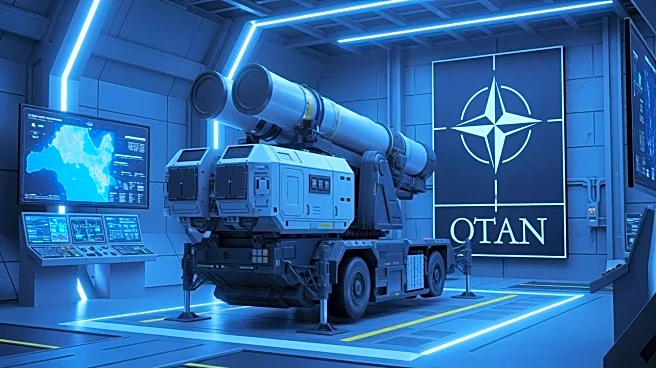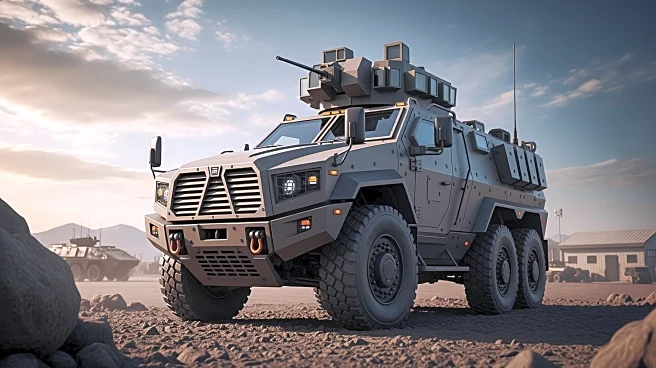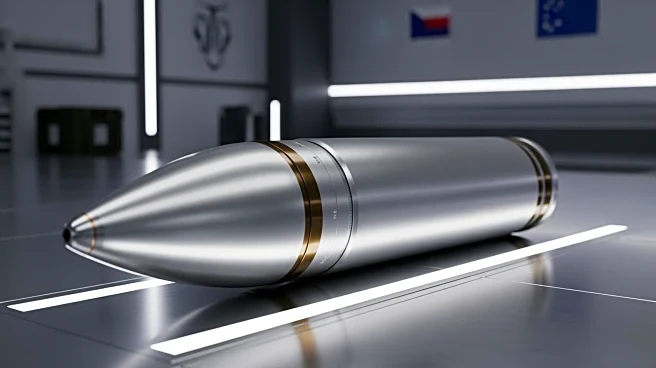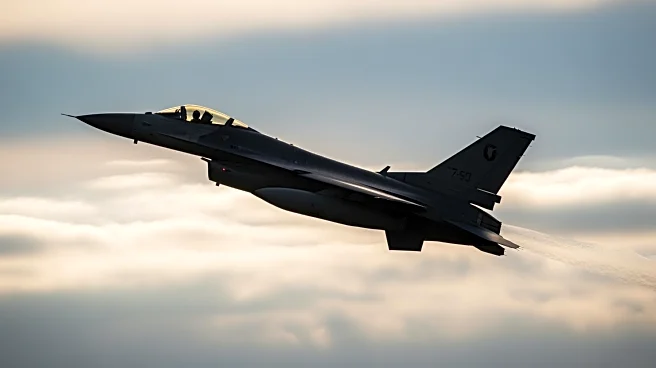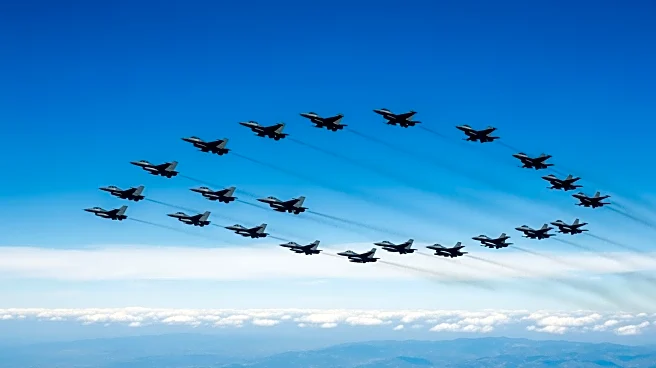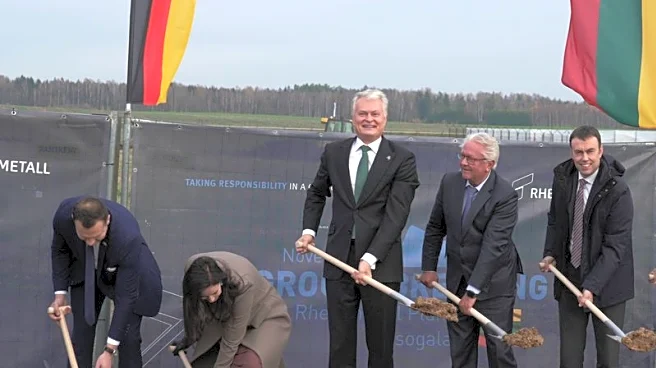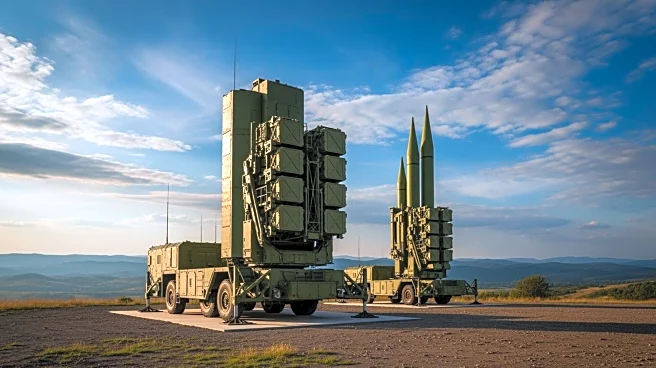What's Happening?
KNDS Deutschland is developing a new version of the PzH 2000 self-propelled howitzer, known as the PzH 2000 A5. This upgrade aims to modernize the German Army's current fleet of howitzers with a fully digital architecture and improved systems. The PzH 2000 has
undergone several upgrades since its introduction, with the A5 version expected to feature enhanced fire-control systems, autoloader improvements, and new sensors. The production of the A5 model is set to begin at the end of 2025, with deliveries continuing until early 2027. The upgrade is under review by Germany, the Netherlands, and Lithuania, with interest from other NATO countries.
Why It's Important?
The development of the PzH 2000 A5 represents a significant advancement in military technology, enhancing the capabilities of the German Army and potentially influencing NATO's artillery strategies. The integration of digital systems and improved fire-control mechanisms will likely increase operational efficiency and accuracy, providing a tactical advantage in military engagements. This upgrade also reflects the ongoing modernization efforts within NATO, as member countries seek to maintain technological superiority in response to evolving global threats.
What's Next?
As the PzH 2000 A5 enters production, other NATO countries may consider similar upgrades to their artillery systems, fostering greater interoperability and coordination within the alliance. The successful implementation of the A5 model could lead to further collaborations between KNDS Deutschland and other defense contractors, driving innovation in military technology. Additionally, the deployment of these upgraded howitzers may influence strategic planning and defense policies within NATO, as member countries assess their artillery capabilities in light of new technological advancements.
Beyond the Headlines
The modernization of military equipment raises questions about the balance between technological advancement and ethical considerations in warfare. As systems become more automated and digital, the role of human decision-making in military operations may shift, prompting discussions on accountability and the potential risks of over-reliance on technology. Furthermore, the environmental impact of increased production and deployment of military hardware warrants attention, as countries strive to balance defense needs with sustainability goals.


